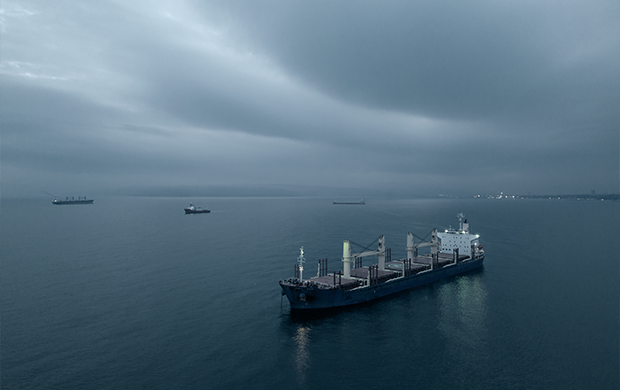Medium-sized carriers on Alphaliner’s top-30 list have seen a shake-up in positions in the last 12 months, with capacity changes ranging from -34.6% to +55.3%, Alphaliner reported.
The capacity changes have had little impact on the overall global picture. The capacity count of the ten largest global carriers represents 83.7% of the total global container
Medium–sized operators have also not captured market share with their combined growth at 2.1% since 1 January 2022, which is about half the growth rate of the entire container fleet.
Smaller carriers that expanded into East-West trades which were booming during the COVID-19 pandemic, were hardest hit by the collapse in cargo demand from China to Europe and North America.
Chinese operator CULines had the most significant fleet reduction year-on-year at -34.6%. Meanwhile, carriers Wan Hai Lines and Matson, which significantly expanded their capacity on the Trans-Pacific, responded to weakened demand by closing services.
The biggest winner among the medium-sized carriers is Pacific International Lines (PIL), growing its fleet by 11.4%. Percentage-wise, Emirates Shipping Line and Swire were the fastest-growing carriers at 55.3% and 41.9%, respectively. All Korean operators in Alphaliner’s top 11-30 reduced their fleets last year.
Source: Alphaliner

